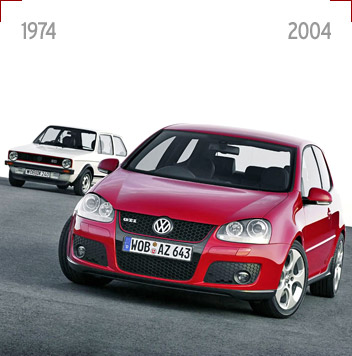There are many reasons for re-branding - an external event may have changed the position for your product in the market place, maybe you have recently merged with another company or most commonly you recognise that you simply need a fresh change of clothes to stay inline with the competition. Popular consumer brands are ever evolving their marketing and packaging in an attempt to endear customers through the ‘attitude’ and ‘personality’ of their brand.
I remember when Bradford and Bingley were two middle-aged gentlemen in pinstripe suits and bowler hats, presumably because only ‘business men’ have bank accounts - right? The latest face of Bradford & Bingley is an attractive and friendly young woman in a lime green shirt and, of course, a bowler hat - which is now just for comedy effect, oh and brand recognition. Perfectly approachable and without a whiff of stock-market or Financial Times about her.
I have put together some points about re-branding, really in terms of the evolution of an existing corporate ID rather than a total corporate rebirth, to help you determine whether it’s time for a fresh set of clothes.
10 Reasons to re-brand
- To revitalise an existing brand
- To incorporate major changes in the product or service
- To improve customer connection
- To improve the image of the product and increase sales
- To increase competitiveness and reduce threat from new entrants
- If you don’t already have a brand, you have a collection of logo versions and collateral materials
- If you feel you have lost touch with the people you intended to attract
- If you want your company to appear ‘forward thinking’
- If your competition has a better image
- If your customers don’t recognise your brand or can’t figure out what you do
5 Re-branding fears
Existing customers will not recognise us
It is a common concern that change could put a lot of goodwill and customer loyalty at risk. I would not condone a re-brand that was a complete U-turn unless the current brand was obviously turning customers away. These days people expect improvements to products and services which cater evermore specifically to the needs of the individual. A modest brand makeover could actually help to reinforce existing customer loyalty by contributing to ‘post purchase justification’ and ultimately attract new ones.
It will cost too much
What better reason could there be? The knock-on effect of a complete re-brand is undoubtedly a lengthy and costly exercise. My advice here would be evolve the brand over time and introduce changes in smaller steps - this way the cost of the new look would be built into the next print run or advert placement, website update or exhibition in such a way that two generations of corporate ID could co-exist and retain synergy. Car manufacturers constantly introduce ‘evolutionary’ style changes across their model range without letting a single model become the black sheep.
If it ain’t broke…!
I would be the first to agree that this is a strong argument against a wash and brush up. This attitude suggests that you are obviously doing something right - for now. However, in any marketplace expectations are constantly rising and it is always prudent to keep a close eye on the competition.
I’m skeptical about the benefits of a cohesive brand
I’ve heard this argument many times and usually goes hand in hand with acute niché markets or the very naive. If you are lucky enough to have a product or service that wouldn’t benefit from a clear brand, marketing plan or customer focused service standards then keep up the good work. As for the rest, you probably won’t need to use your seat-belt on the way home either.
People will think we have resurrected a failed business
Well have you? This mindset might strike fear into the heart of a supplier who’s hanging on for that ‘check in the post’ but if you feel you have found a great name and can provide real value and meaning to your product or service this could be exactly what your brand needs. You can advertise your re-brand as a celebration of success, and at the same time attract interest away from the competition.
-
It is difficult to attribute success to any single influence. The quality of your product or service, customer brand loyalty, the effectiveness in which you communicate to your market and how you compare to the competition are just a few of the factors that contribute to securing a sale. But I would always prefer to make a good impression when I take my brand to market, than hope no-one notices it.





